In the literal sense, a packet is a container of items and contents to be sent to other people. If you lose the packet, you’ll also end up losing the contents.
Packet loss is similar to this.
Data travels in the form of packets at the upper network layer to deliver information in a way that allows the receiver to use or order it. Packet loss refers to a situation when this information doesn’t arrive correctly.
You know how annoying it can get when you’re streaming your favorite sitcom, and the video keeps pausing? Or when the video suddenly starts to stutter during an intense game with your friends?
That’s packet loss.
There can be all kinds of reasons that cause packet loss. You need to keep a regular check on everything from network congestion to overloaded devices to faulty software and hardware.
Keep reading as we discuss how to detect, diagnose different causes, and fix packet loss.
Ready? Let’s get started!
What to Expect When Fixing Packet Loss
Although there is no way to achieve a 0% packet loss at all times, you can take specific measures to minimize it to get a good quality network.
Fixing packet loss involves the following steps:
- Step 1 — Detect Packet Loss Using Your Computer’s OS
- Step 2 — Diagnose the Different Causes of Packet Loss
- Step 3 — Fixing the Different Causes of Packet Loss
- Step 4 — Make Other Changes to Your System
The Good
Detecting packet loss in your system is very straightforward. While you do need to take extra steps to find your router’s address for typing the ping command, you get instant results. Plus, you can find the percentage of packet loss using an online tool if you want a faster solution.
Also, fixing packet loss isn’t overly complicated as there are a select few causes.
It can either be a congested bandwidth, faulty hardware or software, damaged wires, or network problems. One unique case is when your network is under a DoS attack, but other than this, identifying the cause won’t take much effort.
Besides, if you choose a reliable VoIP phone service and a network performance monitor, you may not even have to deal with these attacks. And when you do, you’ll solve them quickly.
The Bad
While diagnosing the cause of packet loss is straightforward, some of these causes can be difficult to remedy.
For instance, when your software isn’t working correctly, you may have to wait for the developer to come up with an update to remove the bug. An immediate fix isn’t available most of the time, so you might have to look for an alternative software solution that doesn’t cause packet loss.
Changing the hardware isn’t always better, either.
Upgrading or replacing your modem, router, and cables cost money, which can be an issue for businesses with tight budgets. There is not much you can do as changing hardware is usually the last resort if nothing else is working to eliminate or minimize packet loss.
If you end up getting targeted by a cybercriminal, you’ll have to deal with DoS attacks. And if you don’t resolve the problem soon, your network will end up crashing. You’ll need advanced cybersecurity to prevent such attacks, which again won’t be cheap.
Step 1 — Detect Packet Loss Using Your Computer’s OS
You can detect packet loss in two ways.
The first is visiting this packet loss test website. You simply have to run a quick test to see the results on your network. This method is best if you are short on time and want more immediate results.

The other method is more thorough and direct, where you use the Command Prompt or PowerShell in Windows or visit the Terminal folder on Macs to see packet loss.
Seeing Packet Loss in Windows
Right-click on the Start button, and then select Windows PowerShell (Admin) on the displayed menu.

Then you have to type ‘Ping’ followed by your router‘s address (you can find the router address through this guide).
In the results, you see a percentage next to Loss. Something like this:

This number should be zero as it indicates all packets have reached their destination. Keep in mind that this test is merely local. If you want to see the packet loss between a website and your PC, you’ll need to type in a different command prompt.
This new prompt will be Ping www.thewebsitename.com
Keep in mind that by using the ping command, you’re only sending and receiving four packets. If you want a more extended test, you’ll have to type the following: Ping www.thewebsitename.com -t
This test will continue until you press the Ctrl + C key combination to put a stop to it.
Seeing Packet Loss in macOS
For Mac devices, you can use the Terminal folder to run the command prompt: Ping 127.0.0.1.
You’ll find this folder either pinned to the dock (the lower menu bar you see as soon as you open your device) or in the Other folder after clicking on the Launchpad icon.
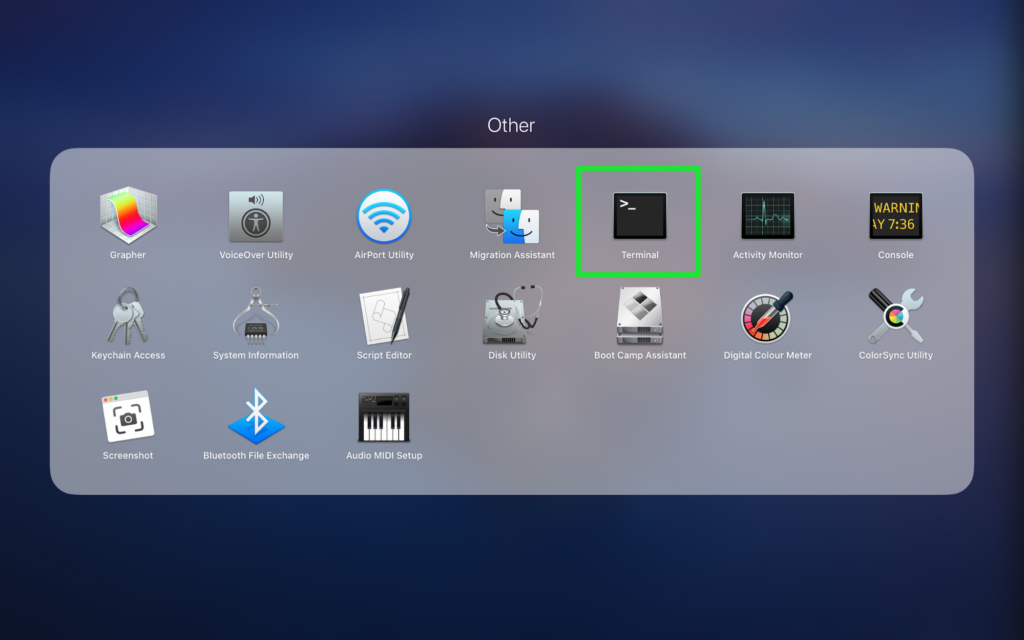
Seeing Packet Loss in Linux
For Linux, also you need to click on Terminal to run the command prompt.
You’ll find Terminal in the Linux apps folder on the Launcher. And in this case, the command will be the same as macOS (Ping 127.0.0.1).
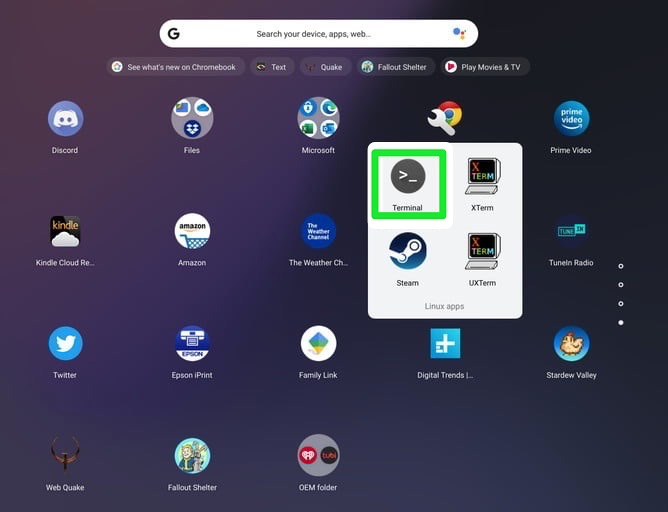
Once you run the ping command, the test will run indefinitely, just like the ping -t command in Windows. You’ll have to type the Ctrl + C or Command + C key combination, depending on your device, to stop the test.
While carrying out these tests, you’ll notice that random drops are inevitable, and that’s okay. It’s a continuous packet loss that’s the problem.
Step 2 — Diagnose the Different Causes of Packet Loss
There are four different causes of packet loss. I’ll explain how you can detect each one of them below.
Detecting Bandwidth Congestion
Congestion is inevitable, especially during the busiest time of the day. A congested network experiences high latency, higher than normal loss rates, and jitter increases, which is why they’re so undesirable.

Monitor your network by looking at your latency, loss rates, and jitter to measure congestion and see how they vary during the day. If you’re lucky, the congestion will only last a few minutes, but it can also take longer.
Detecting Faulty Network Wires
Wired networks handle a lot of traffic. If they start to deteriorate, you will face packet loss issues as data sent inefficiently—precisely why you should check the ethernet cables.
If you think wires are the main cause of your packet loss, check your cables thoroughly to ensure no visible exterior damage. Even dirty fiber connectors can lead to packet loss. Your network connection points should also be secure.
Detecting Software Issues
The whole point of using a software tool is to transfer data. Therefore, when it stops working properly, it can lead to packet loss.
An error in the programming can make the software dysfunctional, which, in turn, could cause unexpected behavior on the network. This can be because of software bugs or a long due update.
A slow connection is a dead giveaway of pending software issues.
Open Task Manager on your computer to see how the apps are communicating with the network. After that, check whether the specific software or application uses a lot of bandwidth even when it’s not in use.
A tab within Task Manager will show you the application history of the past 30 days. You can use the information to compare the usage with the latency you’re experiencing.
Detecting Weak Wi-Fi networks
Weak Wi-Fi signals hinder the transmission of information packages you send across your network. Even interference over the radio frequency or traveling through thick walls can cause destruction.
Since it’s usually wireless networks or Wi-Fi that suffer more setbacks and interference than wired connections, you should check your Wi-Fi status to determine the packet loss source.
Check the internet on your device. This will have several lines that indicate your Wi-Fi’s strength.
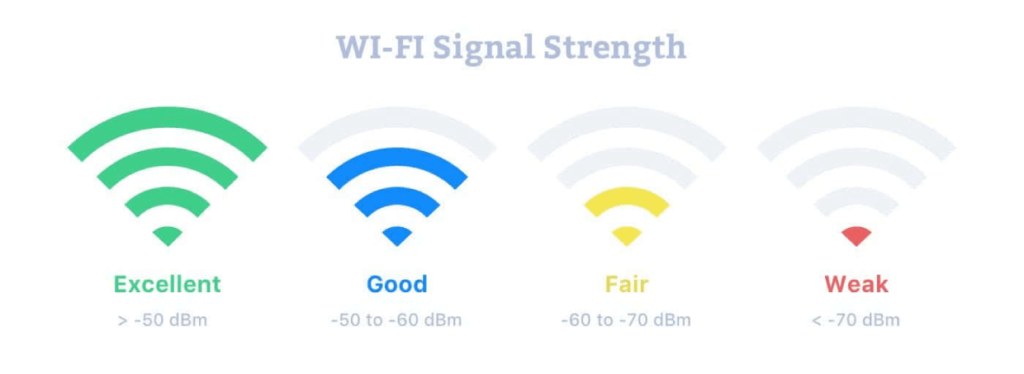
If you see a weak signal, it means the network is overloaded and hence cannot accommodate all of your devices adequately.
Step 3 — Fixing the Different Causes of Packet Loss
Now that you know how to detect the four causes of packet loss, the next step is knowing how to fix it.
Similar to how I explained detection, I’ll tell you how to fix packet loss issues based on the cause.
Fixing Bandwidth Congestion
By tracking your network performance, you can identify the time of the day that’s most congested. You can then easily fix packet loss by sending information out when your network is less congested.
This may not be the best solution for VoIP connections, but you can schedule calls and conferences for non-peak times.
Experts also suggest increasing the bandwidth of the links undergoing packet loss to minimize the loss. You can adjust the arrangement of the network, making it prioritize real-time packets.
This won’t entirely eliminate the congestion, but it can reduce the chances of a drop.
Fixing Faulty Networking Wires
The obvious solution is to replace your faulty wires to create a better connection path (duh!). However, here are a few more tips to help you avoid faulty wire situations in the future:
- Make sure the wire jacket has lots of physical integrity and is durable. It shouldn’t wear off easily.
- Choose the proper wire category. For instance, a Cat 5 is a good option for small businesses, but companies having more than 1 Mbps internet connection would need a higher category to speed things up.
- Get a shield to prevent signal interference if you have several cables running together.
Fixing Software Issues
If you find your software is taking too much of your network’s bandwidth, it’s best to either restart your app or reboot your hardware. There may be times when the software is difficult to adjust, but in most cases, you’ll have an update to boost performance speed.
If the software remains buggy, you’ll simply have to wait for the development team to release an update to solve the issue, or you can choose an alternative solution that doesn’t cause packet loss.

Fixing Weak Wi-Fi Networks
It’s best to reset your Wi-Fi router to improve the signal. If only one device lacks a signal, just reset it to see whether it gets a stronger signal.
You can also use a Wi-Fi analyzer to determine if the packet loss is caused due to an issue in the Wi-Fi settings. If yes, set your device to access another Wi-Fi network or use a wired connection.
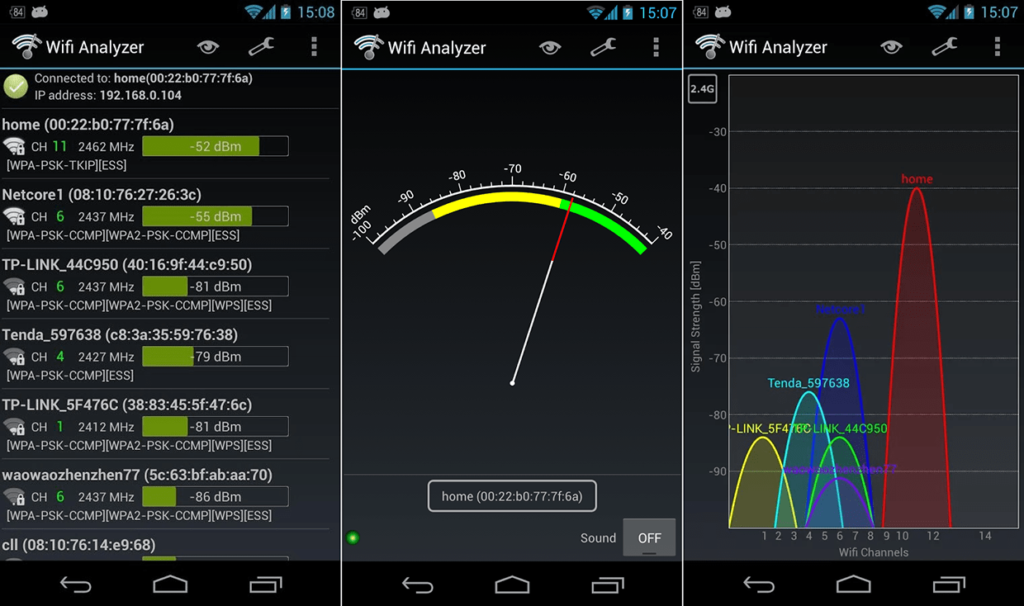
Step 4 — Make Other Changes to Your System
Other causes may be responsible for packet loss in your system, namely, obsolete hardware or network attacks. The remedial action will vary in both situations, which is why knowing the exact course of action is vital.
Upgrade or Replace Your Hardware
One of the biggest contributors to packet loss is old or defective hardware. Upgrading your modem or router might be your best bet if you’ve tried everything else and still couldn’t eliminate packet loss.
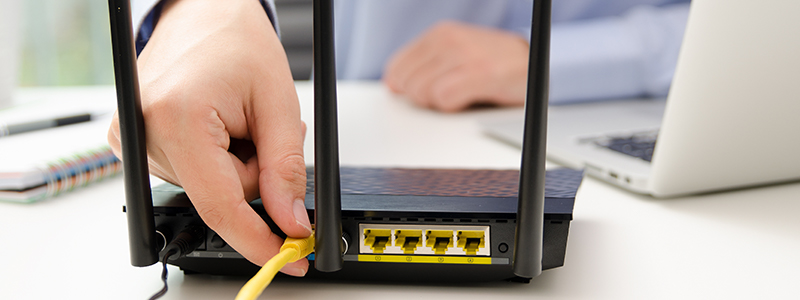
If you think your desktop network connection is the main cause of the problem, you can add a secondary network card instead of buying new hardware. This may not be possible with most laptop and tablet models, but it works perfectly well for desktop computers.
Having a dedicated IT team—if you can afford one—to keep up with VoIP hardware and servers is another alternative to minimize packet loss.
Handle Network Attacks
If you suspect a serious and ongoing packet loss due to network attacks like Denial of Service (DoS) attacks, check whether there is a specific IP address flooding traffic to your network.
DoS attacks overload your network with more requests than it can handle in an attempt to make it unusable or even crash it. This ends up making your network slower than normal, which, in turn, will make your files and websites open slowly and your VoIP calls to experience stuttering and jitter.
Once you find the IP address wreaking havoc on your system, simply block it. Eventually, your network will return to normal.
Investing in more advanced cybersecurity could block these attacks before any damage to your system. Another alternative is to switch to cloud services as it can also prevent or lessen the effects of DoS attacks.
from Quick Sprout https://ift.tt/3a7CWe5
via IFTTT
No comments:
Post a Comment